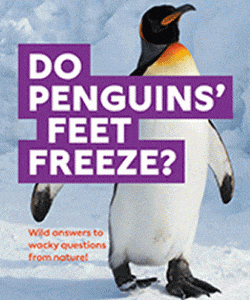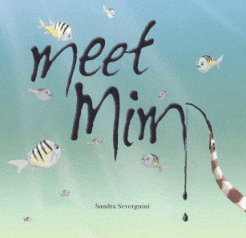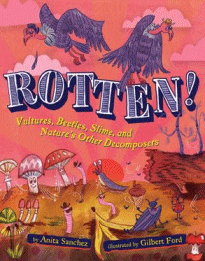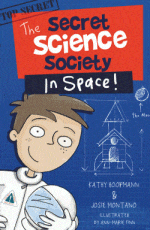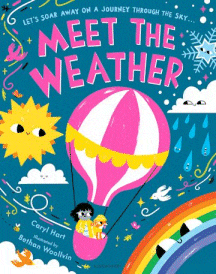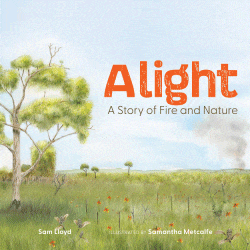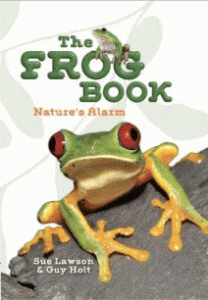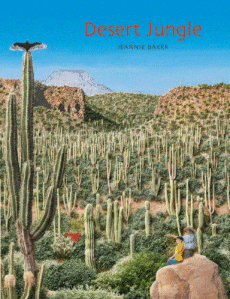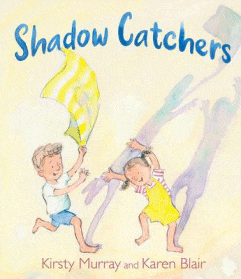
Lots of Things to Know About Weather
Lots of Things to Know About Weather
Emily Bone
Katia Gaigalova
Usborne, 2023
64pp., hbk., RRP $A19.99
9781803701349
Because it often determines what they can or cannot do, young children are aware of the impact of the weather on their lives, And many, once they have learned the various weather conditions and how they form, have further questions that they want answers to such as how fast do the fastest winds blow; how heavy is a cloud and where are the driest and wettest places on Earth?
Using the format of a child asking the questions and a parent answering them, this new book from Usborne explores some of those questions that curious kids ask, such as the ubiquitous “why is the sky blue?” and including raising topics that they don’t know they don’t know like who the weather gods of various civilisations believed in and why spiders are bigger in warm weather!
As usual the text is accessible for the target audience, the format is appealing and there is extra support through the provision of a glossary and index so the book is easy to navigate. Quicklinks to vetted internet sites add extra information and explanations so curiosity can be satisfied at the point of need and, there is even a lot the parent can learn if they are exploring the book together with their child. Who knew that beetroot juice, the whey left from cheese making and even the juice in the pickle jar were environmentally more friendly ways of keeping roads free of ice than the more commonly used salt?
